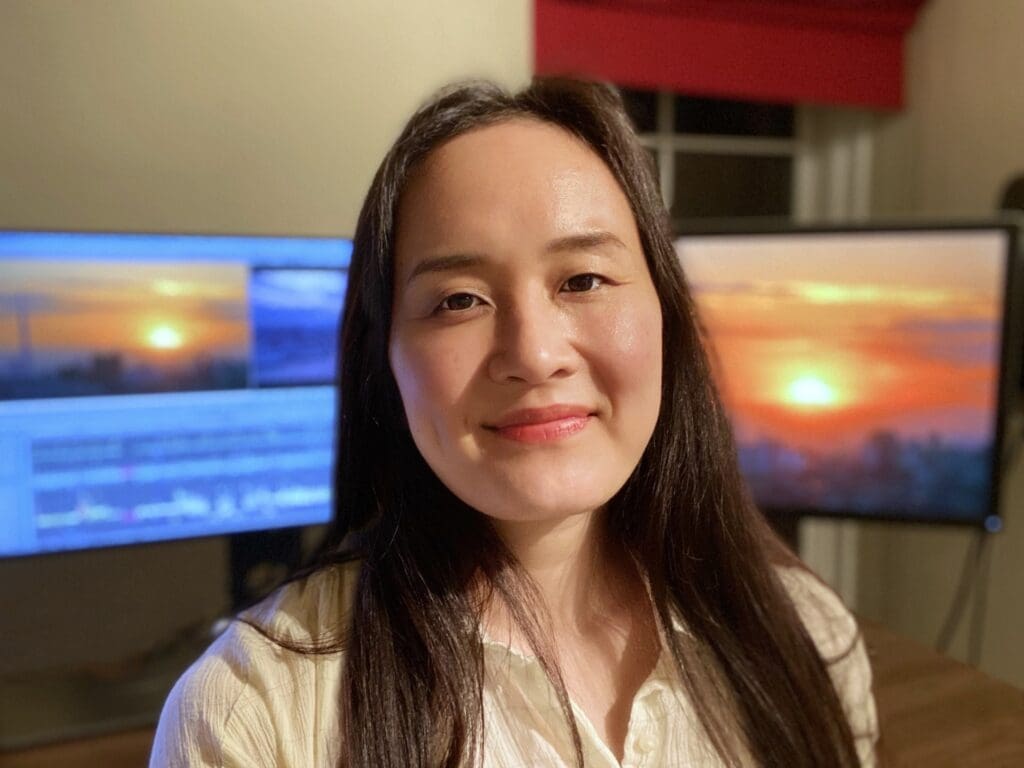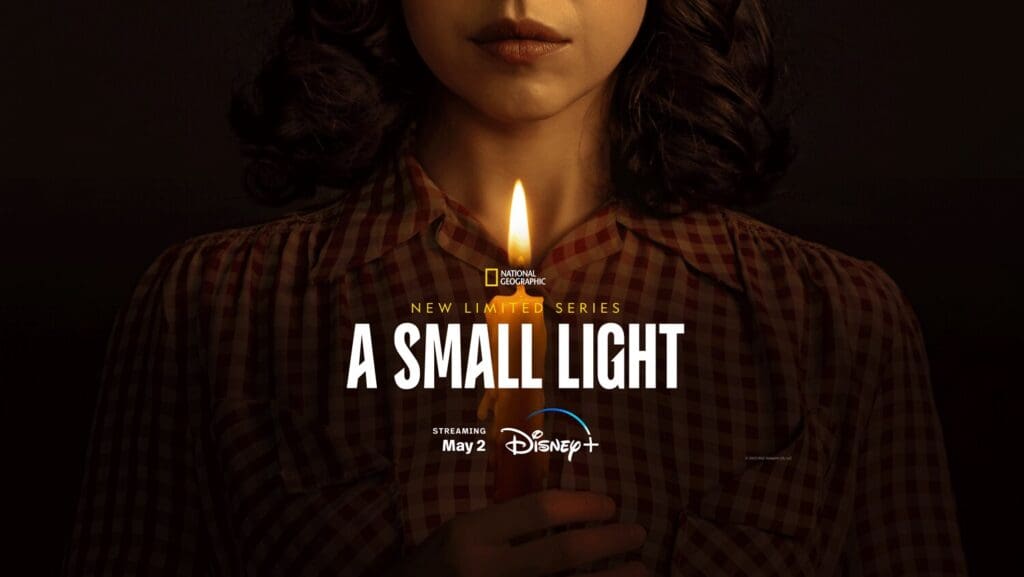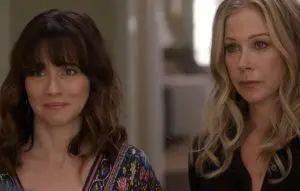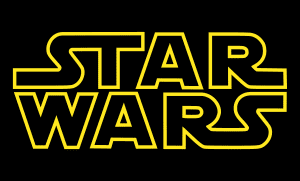Jessica Fontaine of Ready Steady Cut had the honor of interviewing the extremely talented film and TV editor Susan E. Kim.
She has worked on numerous projects, including Euphoria and Shania Twain: Still the One. Most recently, she was an editor of the National Geographic miniseries A Small Light starring Bel Powley and Liev Schreiber.
The series is based on the true story of Miep Gies, who helped hide Otto Frank and his family from the Nazis during World War II.
Keep reading to learn about Susan E. Kim’s journey to becoming an editor of A Small Light and how she helped turn it into an authentic, enlightening story that honors the memories of the brave people involved.
An Interview with Susan E. Kim, Editor of Hit Series A Small Light
Inspiration
A Small Light currently has a 100% rating on Rotten Tomatoes and is based on the inspiring true story about Miep Gies. What drew you to the project?
I was very inspired to be part of a show that told Miep Gies’ story, because it was so important. Given the realities of the world we live in and the rise in hate crimes and antisemitism, it just felt essential to tell the story so that people understand what happened.
The show asks the question, “What does it mean to be an ally to a group of people who are being targeted violently?” It makes you think about what you would do and what it means to step out of your comfort zone to do the right thing.
It made me think about my own elderly Asian-American parents during the pandemic and how I worried about their safety and their lives just for existing in the world and being who they are. It made me wonder, who would stand up for them in their time of need?
Who would be the Miep who would rise to the occasion and help protect them? I love that the show asks these questions, but not only that, it offers this inspiring path of action.
Impact on Audience
When editing this project, what was the main impact you hoped the final product would have on the audience?
We wanted to tell a great story and be truthful to the events that happened. Everyone from our incredible production designer Marc Homes, our cinematographer Stuart Howell, and of course Joan Rater and Tony Phelan, our showrunners, made Miep’s world come to life.
We were able to tell the story with a fresh perspective so that it could defy what you normally think a World War II show looks and feels like. It was a different spin on music, it was in color, and things felt alive in a way that feels fresh.
We definitely wanted to tell an engaging story and really represent the heart and spirit of Miep Gies and her partner Jan.
Challenges
How did you deal with the challenges of turning A Small Light into a historical adaptation instead of a documentary?
What ended up happening in the pilot episode was that we discovered there was all of this room for experimentation. The script shifted between the past and the present.
Joan tasked me with this idea of combining the past, being Miep’s entire backstory, and the present, being this really scary bike ride that Miep and Margot take in order to hopefully get to the safety of the hiding place.
Staying open to that kind of experimentation was what allowed us to best support the story. Joan gave me a lot of creative room to take a swing at it. I knew we needed to get to the place where they’re standing in front of the Magere bridge, which we see in the first few minutes of the episode.
What I ended up doing to accomplish this was taking pieces of a few different scenes, and with Joan’s blessing, was able to rewrite what they say and do in order to create a prolonged moment of suspense so that we’re standing there with Miep and Margot, wondering how they are going to get out of this situation.

Honoring the Story
How difficult was it to edit the show to make it respectful, authentic, and to make it honor people’s memories so that you could properly tell Miep’s story?
The show was just so carefully researched and thought out. There were so many choices that went into the planning and the actual production.
By the time the footage was sent to me, it had been so meticulously thought out that it allowed me to do my job where I could just focus on working with the raw material rather than think about fixing any problems.
We were careful about making sure that everything that we see is historically accurate and is steeped in the facts.
Why A Small Light?
You’ve edited many other projects throughout your career. What makes this one stand out?
The performances from the cast were consistently amazing. Some of my favorite scenes to work on were the dialogue scenes between Miep, played by Bel Powley, and Otto, played by Liev Schreiber.
While there were really exciting scenes I got to cut, those quiet, thoughtful, and intimate scenes between Miep and Otto were not only moving, but I felt like I was watching a master class between two great actors who had real chemistry and were constantly elevating one another in every scene that they were in.
Theres a scene where Otto asks Miep for help in the pilot and I always had this feeling of leaning in and just being totally engaged in everything that was happening.
When you have that kind of chemistry and when something is working like that, as an editor, I like to stay out of the way as much as possible. Of course you’re still making choices and putting the edit together, but you don’t need to impose so much of yourself or your agenda on it.
Editing Process
How long was the editing process?
A Small Light was in production from early July until early November 2022 – so they were shooting for almost four months. Each episode was a little different, but it took about 2.5 months for each episode to go through the different phases of the cuts process (editor’s cut, director’s cut, producers’ and network cuts).
Why is editing important?
With any movie or TV show, how big of a difference does editing make?
The editor plays a huge role in helping to build and shape a movie or TV show. For example, I’ve already mentioned how the editing process can involve a significant amount of rewriting, based on how the assembly is working.
As the editor, I’m tasked with being the first audience member to raw footage, so I really approach the work in that spirit. I try to stay true to my visceral reactions to the material and build believable, nuanced performances.
In order to do all this, you want to have a strong editorial team behind you. My amazing assistant editor on the show, Michael Friedlander’s work really elevated the process and allowed me to do my best work.
He also did a huge amount of sound work, so that by the entire time the show was assembled, it was presentation-ready. With everything that goes on in editorial and post-production, there are so many balls that are constantly in the air and having a strong team makes all the difference in the world.
The other editors on the show, Martin Nicholson, Lynarion Hubbard, and Nicole Artzer, also played a part in making the series a success.
Teamwork and Individualism
How much of the editing was you working alone and how much was with a team?
When you’re receiving dailies every day from production, you’re basically getting a pile of raw material every day from set. That’s the dailies process, where you’re just assembling scenes. That tends to be a pretty solitary process.
This was a completely work-from-home project. We’re an international project as well. It was shot in Prague and Amsterdam.
So, our entire post-production and editorial team was working at home. I was working in my bedroom. We would have the footage sent from around the world. Once you get into the cuts phase, that’s when you start making conversation and working on a daily basis with the directors, and then you start working with the producers.
The show runners really put their stamp on it. Tony and Joan were such wonderful collaborators.
I did three episodes: 1, 3, and 6. There was a point where all three episodes were open and in progress at the same time, so you have to be quick on your feet and be able to adapt to constantly changing needs.
So it’s a little bit of a mix of all of it, with the dimension of working from home adding an extra layer of isolation so you have to work harder to make sure that you are communicating and feeling like you’re bonding with the rest of the team.
A Small Light is now streaming on Hulu, National Geographic, and Disney+.



